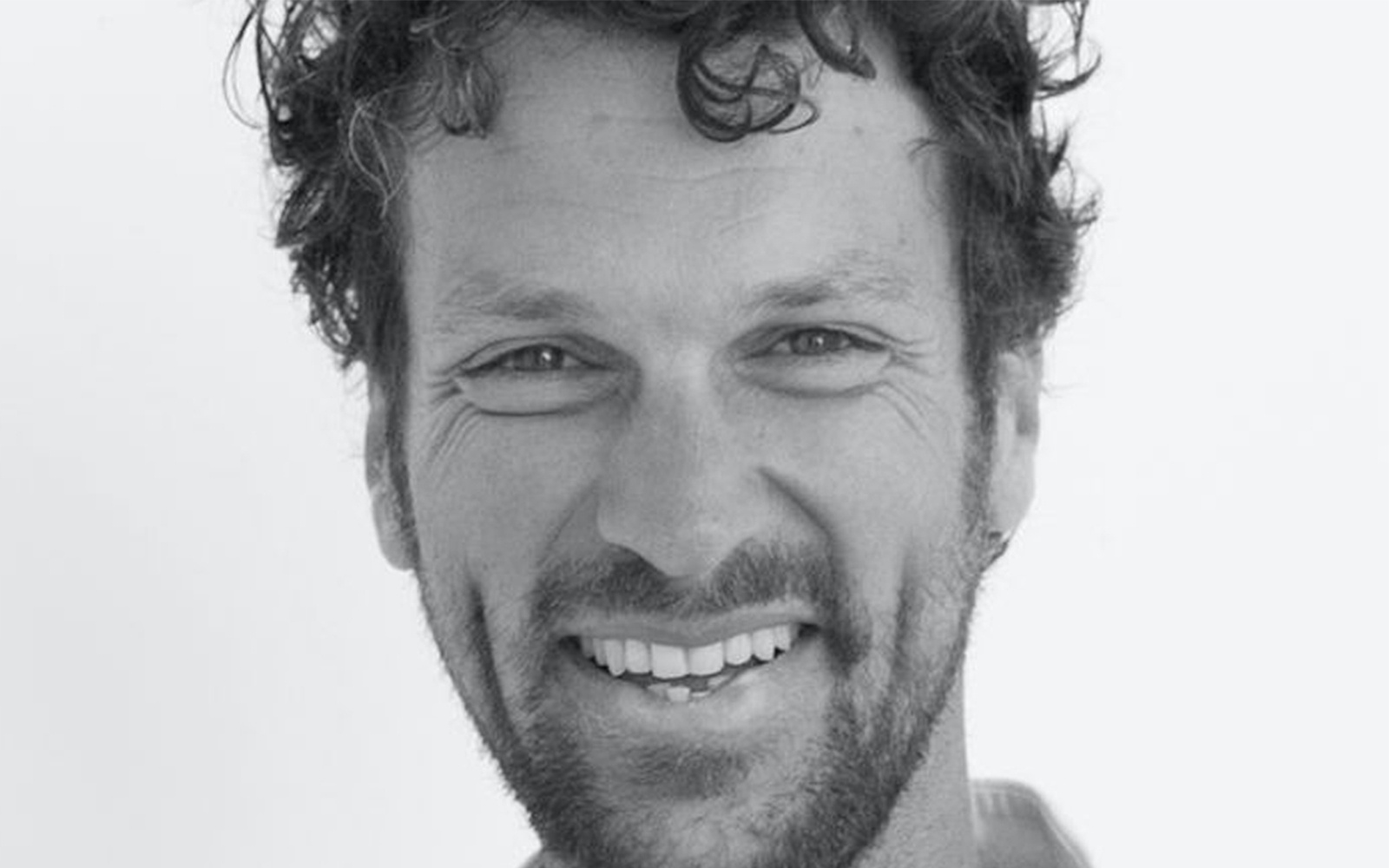This article was originally published by Digiday.
Amidst a domino effect of promotions and hires across Omnicom last week, the new global CEO of Omnicom Media Group, Florian Adamski, took time to catch up with Digiday for his first interview in his new role to discuss the media unit’s future opportunities and challenges. Adamski had been operating as global CEO of OMD, one of the many agency brands under the Omnicom Media Group (OMG) umbrella.
Adamski replaces Daryl Simm, the essential architect of OMG, who was promoted to president and COO of the parent holding company — a rare elevation for a media-side executive to oversee all elements including creative. While Adamski’s style of leadership is more extroverted and energetic than Simm, he’s quick to salute the quieter exec’s vision to grow OMG’s disparate elements (OMD, which grew out of BBDO; U.K. import PHD; the more recently formed Hearts & Science, which handled P&G and AT&T, some of the biggest ad accounts on the planet; and Annalect, OMG’s data/analytics spine) into a major presence among its peers.
“I have the greatest respect for Daryl and what he’s achieved,” said Adamski, 44, who himself is a 25-year veteran of the company, having cut his teeth at OMD in his native Germany. “I pointed out he’s way too humble in what he had achieved in his role. When he joined in 1998, we were a random selection of odd media agency brands scattered throughout the world.”
Adamski, who goes by Flo to those who know him, recently settled in the New York area, from where he will oversee 18,000 OMG personnel in 100 markets. Since about 55 percent of OMG’s business is North American-based, it made sense for him to settle stateside. The following is an edited conversation with Adamski, who hit on several topics affecting the agency world.
Local/regional vs global
I just met with Annalect, and we talked about 2022. I was very clear that the global center has one purpose only: to be in service of the markets. We need to create product that is actually relevant in the given market, something that’s tangible, real and people can log onto — not just a nice powerpoint deck. I probe them for whether they’re locally applicable. Coming from a market where I worked 20 years of my life [Germany] very much grounds me in the fact that, when global people show up, I get nervous. They will tell me what they think is right, show me a lot of PowerPoints, then they leave.
The first thing I did when I was on the [global] OMD journey [in 2017] was deep dives with all the local markets. We identified the common themes, issues and challenges around the world. We then aligned our principles around that, and identified a number of opportunities and initiatives to address these issues. I intend to do the same thing yet again — making sure the [global] output is in service of the markets, not the other way around.
Prioritizing challenges and opportunities
I think of this time as the great reimagining. There’s more things to choose from and more channels than ever, with a lot less available attention. The initiatives [OMG has undertaken] are fantastic examples and embodiments of a way to quickly react and adapt and be responsive in almost real time to the challenges that a dramatically changed marketplace is posing. One of my first mentors said to me, “To really make a difference when looking at your competitor, you will have to learn fast in order to act faster.” These initiatives are that type of response. And I believe especially in the U.S., where [OMG North American CEO] Scott Hagedorn has led and spearheaded many of these initiatives, we’ll be seeing more of them. We’ll make sure these initiatives find global resonance, and that as we create new product we’ll listen to market demands.
The importance of attention
Attention planning is going to be the next big thing for us at an OMG level. There’s a lot of chatter around attention planning. A lot of people don’t realize is it’s an actual tool or weapon as the cookie crumbles. We need different ways of understanding and looking at the context we put our ad dollars in. We need a better way of understanding how consumers react to certain formats, platforms and devices. So attention planning is going to be one of our core initiatives going forward, and we need to redefine the outcomes of what we do.
Why in-housing is a good thing for agencies
I love in-housing and am a huge fan. Because what it does is it keeps us on our toes. We need to prove and give evidence to why we’re still relevant in this market. If clients can do it themselves, there’s no need for agencies. So we’ll see more nuanced and flexible ways an agency collaborates and partners with a brand. Because in-housing is not a thing in itself. There are a million shades of grey. As companies run through their digital transformation programs, the way of working between an agency and client will change over and over again.


